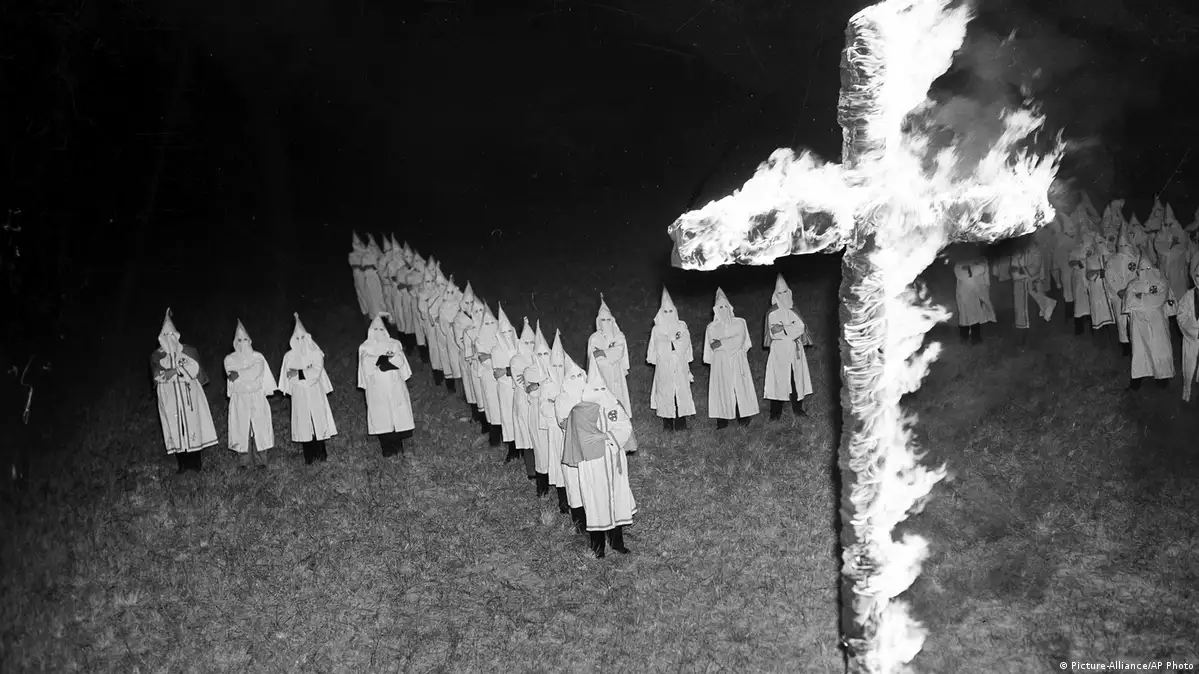
The history of the United States is a complex narrative of liberty, struggle, and contradiction. Among its darkest chapters is the rise of the Ku Klux Klan—a group whose name is synonymous with racial terror, white supremacy, and organized hatred. From its founding in the aftermath of the Civil War to its modern-day echoes, understanding the Klan is essential to confronting America’s legacy of racism and preserving democratic values against extremist ideologies.
Reconstruction and the Birth of a Hate Group
The Ku Klux Klan was founded in 1865 by six Confederate veterans in Pulaski, Tennessee. Initially formed as a fraternal club, the organization quickly morphed into a violent insurgent group aiming to resist Reconstruction and the newfound rights of freed African Americans. Klan members used intimidation, lynching, arson, and murder to suppress Black suffrage and political participation. These acts were not only tolerated but often enabled by sympathetic local law enforcement and white communities fearful of societal change.
The First Wave: Organized Terror During Reconstruction
During the late 1860s and early 1870s, the Klan’s reign of terror spread across the Southern United States. Dressed in white robes and hoods, members sought to project ghostly authority while disguising their identities. Their violence was systematic and targeted: Black community leaders, teachers, ministers, and Republican politicians were primary targets. Although the federal government responded with the Enforcement Acts of 1870 and 1871—also known as the Ku Klux Klan Acts—which led to the suppression of the group by the mid-1870s, the ideology behind it never truly disappeared.
The Second Klan: Resurgence in the 20th Century
The Klan reemerged in 1915, fueled by D.W. Griffith’s film The Birth of a Nation, which glorified the original Klan as heroic defenders of white womanhood and Southern honor. This second wave was far more organized, recruiting millions of members across the country—not just in the South. This version of the Klan was fiercely anti-Black, anti-Catholic, anti-Semitic, and anti-immigrant, cloaking its hatred in religious and patriotic language. By the 1920s, the Klan had infiltrated local governments, law enforcement, and even Congress.
A National Movement of Hatred
At its peak in the mid-1920s, the Klan claimed over 4 million members. They held massive rallies, burned crosses as a form of intimidation, and used political influence to pass laws that reinforced segregation and white supremacy. Unlike the decentralized first iteration, this Klan operated as a highly structured organization with membership dues, recruitment strategies, and national conventions. Despite its size and visibility, scandals involving leadership corruption, sexual violence, and financial fraud eventually led to its decline by the end of the decade.
The Civil Rights Era and the Third Klan
The Civil Rights Movement of the 1950s and 1960s sparked a third wave of Klan activity. As Black Americans pushed for equal rights through peaceful protest and legal action, the Klan responded with bombings, assassinations, and other forms of domestic terrorism. Most infamously, members were responsible for the 1963 bombing of the 16th Street Baptist Church in Birmingham, Alabama, which killed four young Black girls. This era solidified the Klan’s image as a violent, reactionary force determined to uphold systemic racism at any cost.
Contemporary Extremism and Ongoing Threat
Although modern Klan groups are fragmented and small in number, their legacy endures. The Klan is now part of a broader ecosystem of white nationalist and neo-Nazi movements that spread hate through digital platforms, street protests, and occasional acts of violence. While the name “Ku Klux Klan” may no longer carry the organizational power it once did, the ideologies it helped cultivate remain a present and persistent threat.
Social Impact and Historical Significance
The impact of the Ku Klux Klan cannot be overstated. It shaped race relations, undermined democracy, and influenced generations of discriminatory policies. Understanding the group’s history is crucial to addressing racial injustice in America today. From voter suppression and redlining to mass incarceration and police brutality, echoes of the Klan’s ideology persist in systemic ways. Educational efforts and honest historical reckoning are essential in preventing the repetition of such tragedies.
Compare the Klan Across Eras
| Era | Key Features | Membership | Goals |
|---|---|---|---|
| 1865–1871 | Post-Civil War, anti-Reconstruction, secretive | Thousands (mostly in the South) | Suppress Black suffrage, reestablish white dominance |
| 1915–1929 | National scope, anti-Black, anti-immigrant | 4 million+ members | Promote white Protestant supremacy |
| 1950s–1960s | Opposition to Civil Rights, violent terrorism | Tens of thousands | Maintain segregation, resist racial equality |
| 1990s–Today | Fragmented, aligned with broader far-right extremism | Few thousand active members | White nationalism, digital recruitment |
Reasons to Study the Klan’s History
- To understand the roots of systemic racism in the United States
- To recognize how hate groups manipulate patriotism and religion
- To identify patterns of political radicalization
- To ensure that violent ideologies are never normalized again
- To educate future generations about the importance of tolerance and justice
How to Learn More About the Klan’s Legacy
For readers interested in a detailed examination of the Klan’s rise, evolution, and impact on American society, explore the history of ku klux klan in depth. The more we understand this grim past, the better equipped we are to dismantle its influence in the present.
Conclusion: Confronting the Past to Secure the Future
The story of the Ku Klux Klan is not a relic—it is a living warning. It shows how fear, misinformation, and unchecked power can breed organized hate. Remembering this history isn’t about assigning blame; it’s about acknowledging the struggle for justice that continues today. In a time where extremist rhetoric is rising again, the lessons of the past must fuel our determination to build a more inclusive and truthful society.


Recent Comments